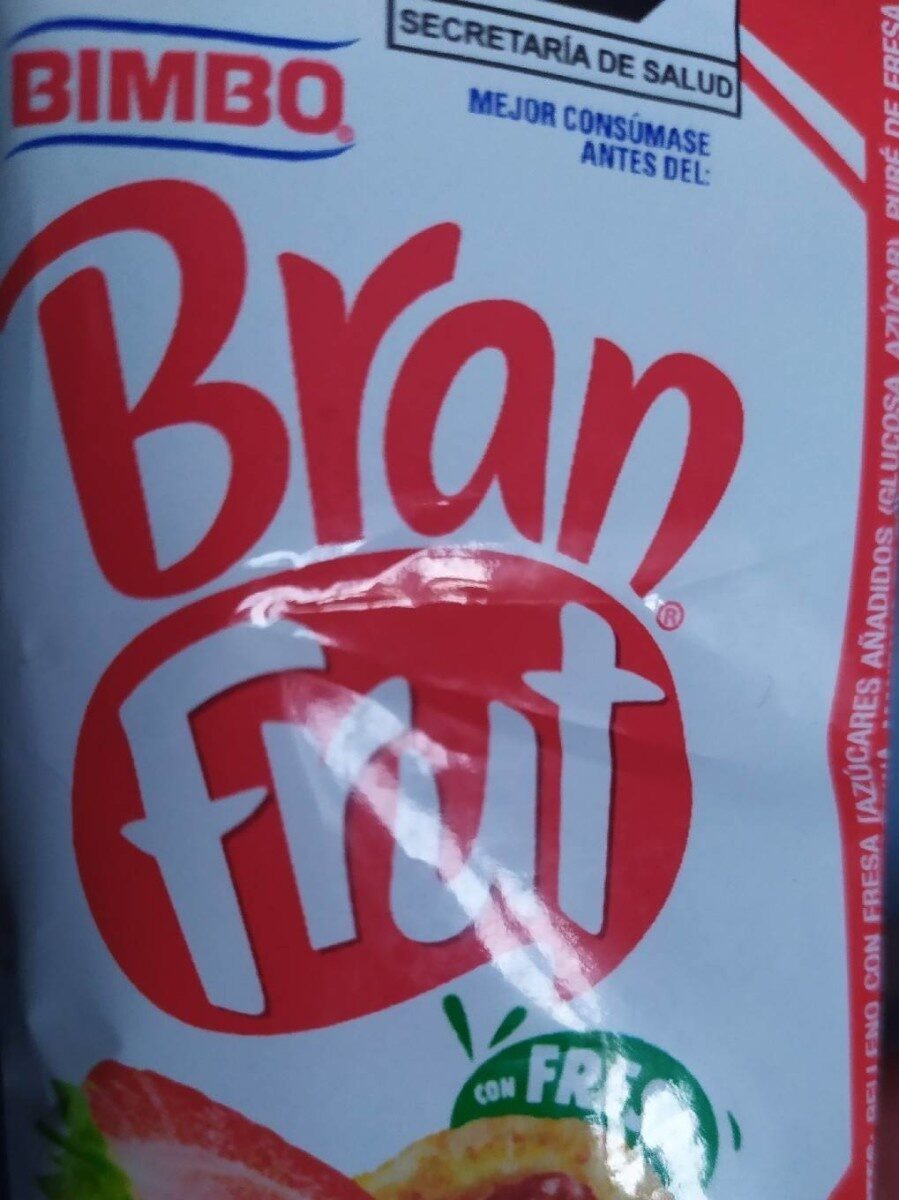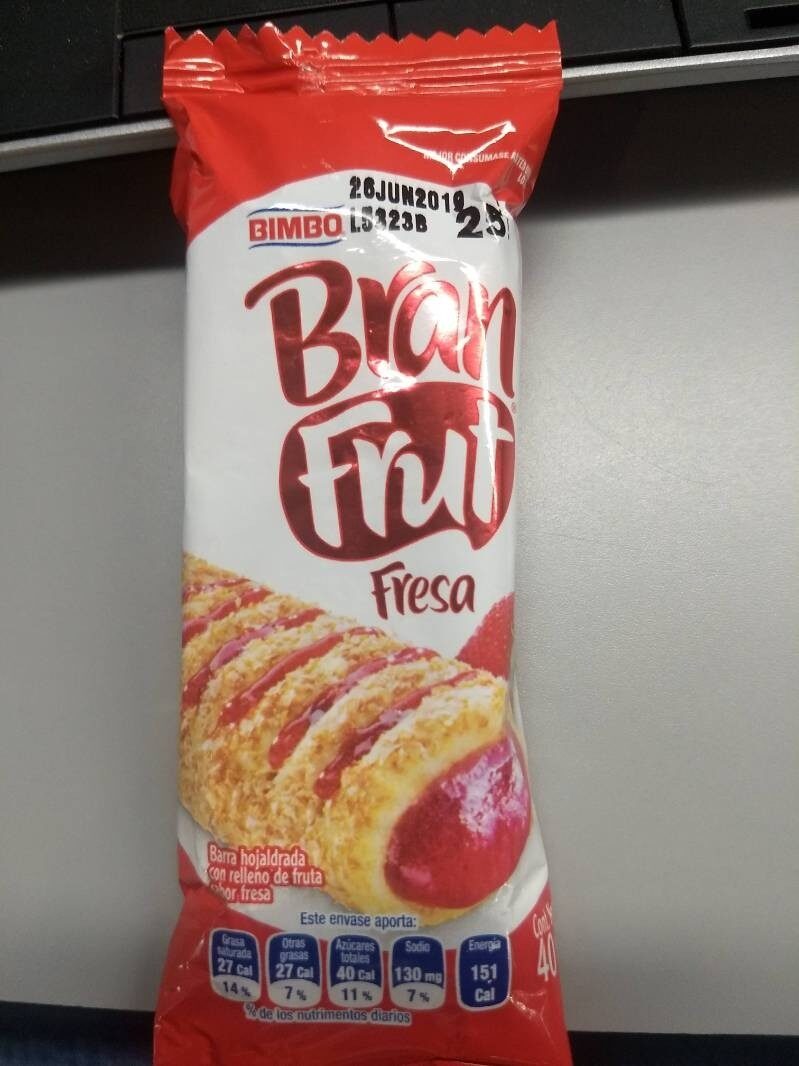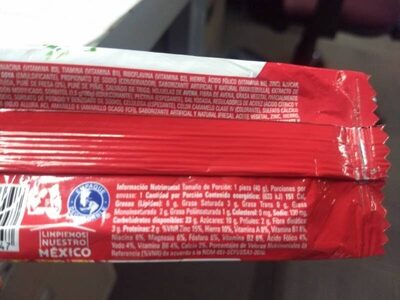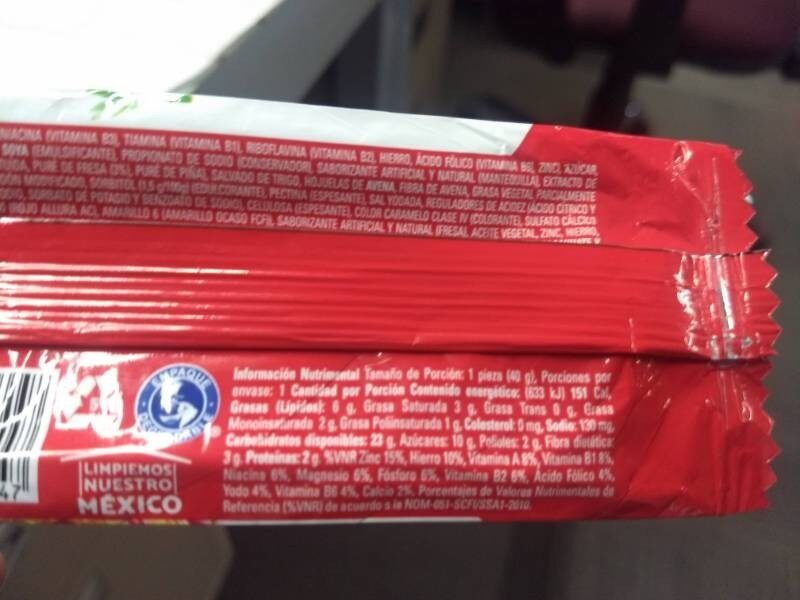Bran Frut - Bimbo - 40g
Aquesta pàgina del producte no està completa. Podeu ajudar a completar-la editant-la i afegint-hi més dades a partir de les fotos ja disponibles, o fent-ne més amb l'aplicació de androide o iPhone / iPad. Gràcies!
×
Codi de barres: 7501000116447 (EAN / EAN-13)
Quantitat: 40g
Marques: Bimbo
Categories: Snacks, Aperitius dolços, Barretes, en:Barritas, en:Barritas de cereales, en:Botanas, en:Snacks dulces
Matching with your preferences
Entorn
Empaquetament
Transport
Report a problem
Fonts de dades
Producte afegit per elcoco
Última modificació de la pàgina del producte per roboto-app.
La pàgina del producte, també editada per crispyrainbows, elcoco.1c61d97d978a369fee7b9e1dc5cf631b, hpajc0715-hotmail-com, kiliweb, musarana, openfoodfacts-contributors, scanbot, thaialagata, vegan-app-chakib, yuka.sY2b0xO6T85zoF3NwEKvlkplAsfMqzDDMSDtuVaky9aEFIzCeuB16NfqPas.
Si les dades són incorrectes o incompletes, pot completar o corregir editant aquesta pàgina.










